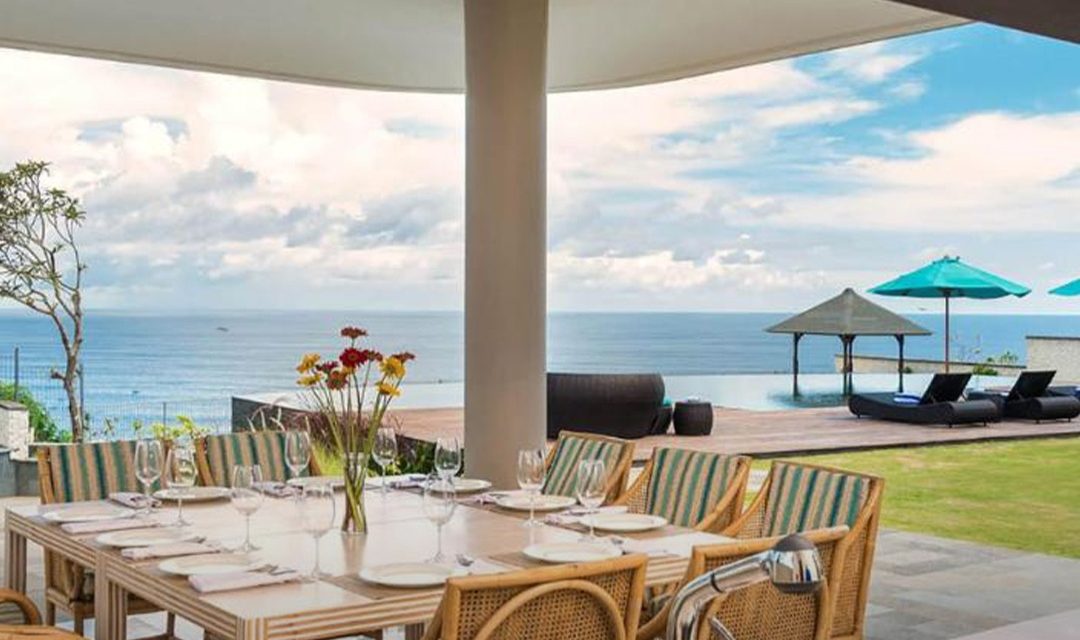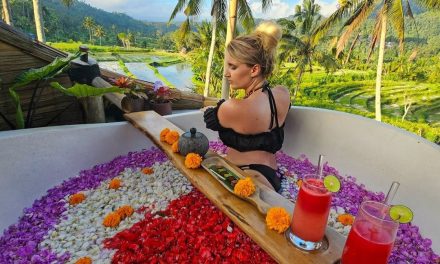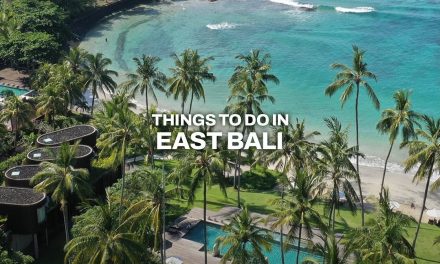Canggu, a bustling coastal town in Bali, is not just a hotspot for surfers and digital nomads; it also boasts beautiful, lush rice fields that whisper tales of tradition and innovation. Being surrounded by these emerald landscapes has allowed me to dive deep into the world of sustainable farming practices that are thriving in this region. Whether you’re a curious traveler or a budding farmer, here’s a glimpse into the sustainable methods used in Canggu’s rice fields, along with some personal anecdotes and practical tips that can help us all embrace a greener lifestyle.
Understanding Sustainable Farming
Sustainable farming is all about working with nature rather than against it. By focusing on practices that maintain the health of the environment while providing food and income, farmers in Canggu are setting an inspiring example.
The Breath of Fresh Rice Air
One morning, I wandered through the rice fields with a farmer named Made, who has been cultivating rice for decades. As he walked, he shared his philosophy: “We are not just growing rice; we are growing life.” Made and his family practice a variety of sustainable techniques that connect them intimately with the land.
Crop Rotation: A Recipe for Success
Made’s first lesson for me was about crop rotation. Traditionally, rice is the star of the show in Bali, but several farmers are diversifying their crops. By planting legumes (like peanuts and soybeans) between rice cycles, they enrich the soil with nitrogen, reducing the need for chemical fertilizers.
Personal Insight: The Power of Diversification
During my visit, Made shared his personal story about how a devastating pest outbreak nearly wiped out his rice crop. He decided to diversify his fields, and as a result, when pests returned, his other crops kept the family financially afloat. It was a powerful reminder of how embracing nature’s variety could protect against risks.
Practical Advice
If you’re a home gardener or aspiring farmer, consider integrating crop rotation into your own practices. It can enhance soil fertility and deter pests.
Natural Fertilizers: Going Organic
In Canggu, many farmers, including Made, have also turned to natural fertilizers. Instead of synthetic options, they use compost made from farm waste, rice husks, and animal manure. This not only boosts soil health but also prevents groundwater pollution—a common side effect of chemical fertilizers.
A Visit to the Compost Pile
I recall the first time I visited Made’s composting site. It smelled earthy and rich, full of life-threatening emissions from manufactured fertilizers. Made’s enthusiasm was palpable as he explained the process. “This,” he said, pointing to the dark, crumbly substance, “is gold for my rice.”
Getting Started With Composting at Home
If you’re inspired, you can begin composting your kitchen scraps at home. Since visiting Made, I’ve started a small compost bin for vegetable peels and garden waste. The result? My plants are thriving, and it feels great to remove waste from landfills!
Water Management: The Art of Balance
Water management is crucial in rice farming, and Canggu farmers are adept at utilizing local irrigation systems called *subak*. This ancient Balinese system involves a collective effort among farmers to share water from rivers, ensuring everyone gets their fair share while also promoting biodiversity.
Reflection: The Charm of Community Efforts
I’ve often found myself at the rice fields after a heavy rain, standing shoulder to shoulder with local farmers as they work to clear ditches and maintain the balance of water flow. It’s an experience that highlighted not just the intricacies of water management, but the camaraderie among the farmers who are dedicated to sustainable practices.
Join the Movement
If you’re in a region facing water scarcity, consider advocating for community-based water management systems. Collaborating with neighbors to conserve water can lead to lasting benefits for the entire community.
Integrated Pest Management: Nature’s Helpers
Another fascinating practice I observed is integrated pest management (IPM). Farmers utilize beneficial insects, like ladybugs, to control pest populations naturally. Instead of reaching for pesticides, they create a balance in the ecosystem that helps all crops flourish.
My Unexpected Discovery
While walking through the rice fields with Made, I stumbled upon a ladybug. Excitedly, he told me how each ladybug could consume thousands of aphids in its lifetime. Inspired, I decided to plant flowers like marigolds in my garden to attract these tiny warriors against pests.
Conclusion: Cultivating a Sustainable Future
Sustainable farming practices in Canggu rice fields not only nurture the environment but also promote a sense of community and tradition. Whether you’re learning from local farmers like Made or applying these techniques in your home garden, every small step counts toward a healthier planet.As we embrace sustainable practices, let’s remember that it’s not just about farming; it’s about reconnecting with nature and each other. Whether you’re sipping a coconut on a sunny beach or digging in the dirt at home, we can all play a part in nurturing our planet. So, the next time you find yourself in Canggu, take a stroll through the rice fields and appreciate the earthy wealth of sustainable farming—perhaps you’ll be inspired to start your own green journey too!






